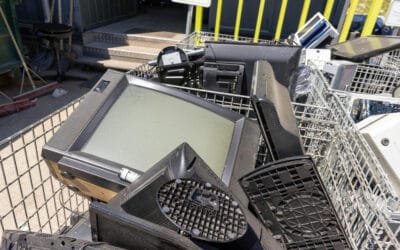
PUWER and LOLER are probably familiar words if you operate machinery or equipment in a UK company. Although these rules are the foundation of professional equipment safety, many companies find it difficult to differentiate according to their needs.
This guide breaks out the principles of PUWER and LOLER, illustrates their distinctions, and shows how an asset-tracking solution could streamline your compliance path.
What Do PUWER and LOLER Stand For?
PUWER Explained
PUWER stands for the Provision and Use of Work Equipment Regulations 1998. Accepted on December 5, 1998, these rules replaced the previous Provision and Use of Work Equipment Regulations 1992 by including revisions derived from European directives.
PUWER sets regulatory requirements for equipment safety in practically every UK industry. The Health and Safety Executive (HSE) enforces these rules on both new and old equipment. Employers, self-employed people, and equipment owners share responsibilities for reducing the hazards connected to working tools.
LOLER Explained
LOLER stands for the Lifting Operations and Lifting Equipment Regulations 1998. Introduced alongside PUWER, LOLER encompasses specific safety requirements for equipment used to lift and lower loads, including people.
What does LOLER mean in practical terms? It creates additional obligations beyond PUWER, specifically for lifting scenarios, recognising the unique dangers that lifting operations present. The LOLER meaning extends to accountability—employers must ensure thorough examinations, proper planning, and competent supervision for all lifting activities.
The Scope of PUWER and LOLER Regulations
PUWER's Scope
PUWER regulations cast a wide net, covering almost anything that could be considered “work equipment.” This includes:
- Hand tools (hammers, screwdrivers, cutters)
- Power tools (drills, saws, nail guns)
- Manufacturing machinery (lathes, presses, CNC equipment)
- Office equipment (computers, printers, shredders)
- Vehicles (cars, vans, tractors, diggers)
- Testing and measuring equipment
- Pressure systems
- Heating and ventilation systems
- Temporary equipment like ladders and scaffolding
Importantly, PUWER regulations apply regardless of the equipment’s age, ownership status, or whether the employer or employee provided it. They cover equipment used by employees, the self-employed, contractors, visitors, and even members of the public in some circumstances.
The regulations establish four fundamental principles:
- Suitability: Equipment must be right for the job, environment, and user
- Maintenance: Regular servicing and repairs must keep equipment safe
- Information and Training: Users need proper instruction and competency
- Protection: Adequate guards, controls, and warning systems must be in place
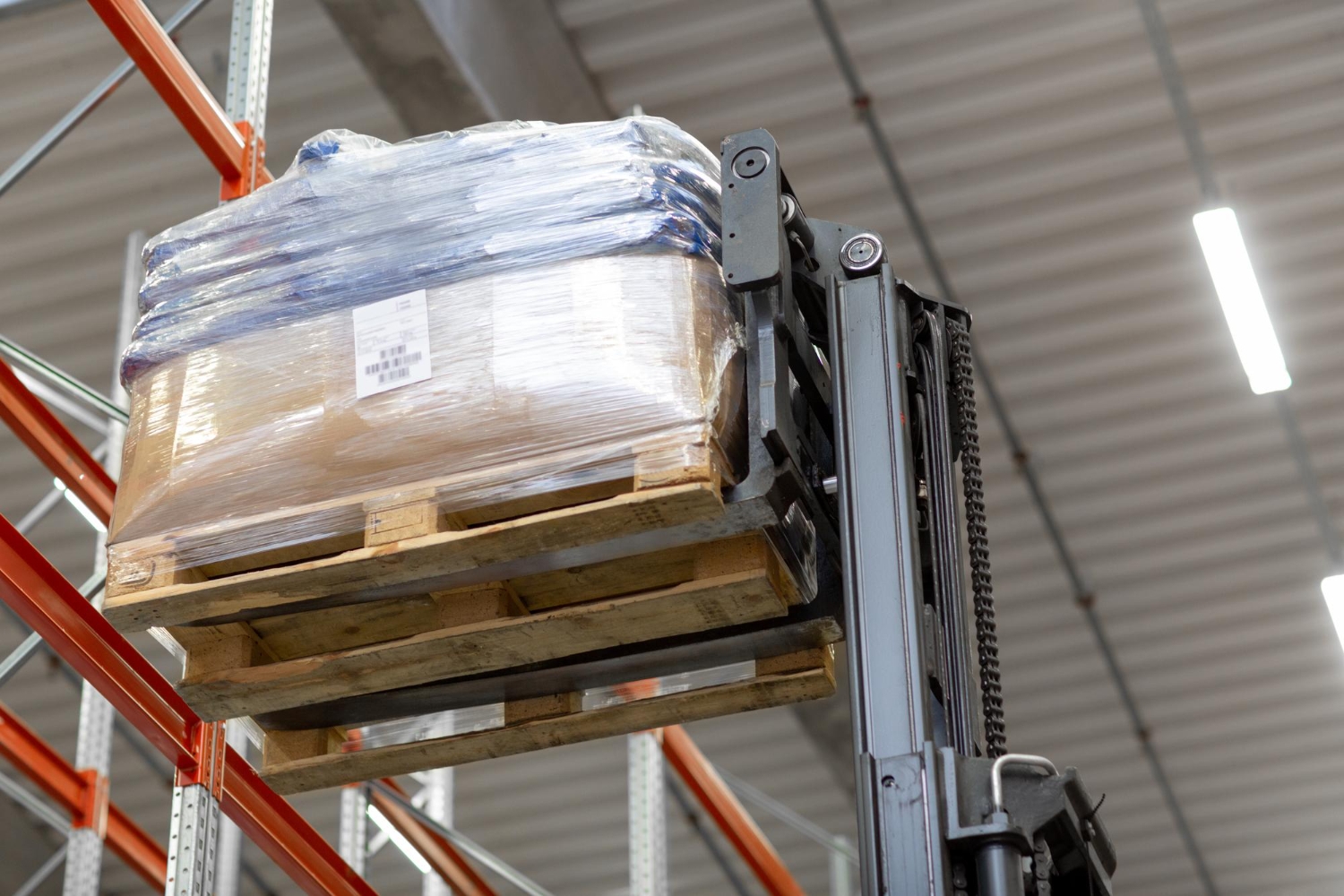
LOLER's Scope
LOLER regulations create a focused subset of rules for lifting equipment, which include:
- Tower, mobile, and overhead cranes
- Forklift trucks and telehandlers
- Vehicle-mounted HIAB cranes
- Patient hoists in healthcare settings
- Vehicle inspection lifts in garages
- Scissor lifts and cherry pickers
- Goods and passenger lifts
- Lifting accessories (chains, slings, and eyebolts)
- Attachments (grabs, hooks, clamps)
- Lifting beams and frames
LOLER regulations apply wherever lifting operations occur—from construction sites to hospitals, factories, and retail warehouses. The regulations are concerned with four critical aspects:
- Strength and stability of lifting equipment
- Safe positioning and installation to minimise risks
- Organisation and planning of lifting operations
- Thorough examination and inspection at specified intervals
Unlike some aspects of PUWER, LOLER’s requirements cannot be modified or reduced based on risk assessment—the examination schedules and documentation requirements are absolute.
Key Differences Between LOLER and PUWER
Understanding what sets LOLER and PUWER regulations apart helps businesses implement the right safety measures without unnecessary duplication:
Legal Framework
PUWER: Implements European Directive 2009/104/EC (previously 89/655/EEC) and serves as the foundation for all equipment safety
LOLER: Implements European Directive 2009/104/EC (specifically Annex II) and functions as a specialist extension to PUWER
Equipment Coverage
PUWER: PUWER encompasses nearly all work equipment—from basic hammers to computer systems to complex production lines
LOLER: Applies exclusively to equipment designed for lifting or lowering loads, including lifting accessories and attachments
Inspection Regimes
LOLER and PUWER inspections operate on fundamentally different principles:
PUWER:
- Follows a risk-based approach with no fixed inspection intervals
- Allows employers to determine appropriate inspection frequency
- Permits in-house inspections by suitably knowledgeable staff
- Focuses on general condition and safe functioning
LOLER:
- Mandates statutory examination schedules regardless of perceived risk:
- Every 6 months for equipment lifting people (e.g., passenger lifts, mobile elevating work platforms)
- Every 6 months for accessories (chains, slings, harnesses) regardless of use
- Every 12 months for equipment lifting only goods (e.g., goods-only lifts, cranes)
- After substantial modifications, damage events, or extended periods out of use
- Requires “thorough examination” by technically competent persons with sufficient independence
- Demands testing under load conditions where appropriate
Documentation Standards
PUWER:
- Requires “suitable” maintenance records
- No standardised format is specified
- Records can be paper-based or electronic
- Must be retained “for a suitable period.”
LOLER:
- Demands statutory thorough examination reports containing specific information:
- Equipment identification (serial numbers, asset IDs)
- Date, time and location of examination
- Safety-critical parts examined
- Any defects found and their significance for continued use
- Repair timeframes (immediate, within a specified period, or monitor)
- Previous inspection history
- Safe Working Load (SWL) verification
- Examiner qualifications, signature and date
- Reports must be provided within 28 days
- Records must be retained until the next examination plus two years
- Copies must be provided to requesting authorities (HSE)
Special Operational Requirements
PUWER:
- Primarily concerned with equipment design, guards, controls, and stability
- Focuses on preventing access to dangerous parts
- Emphasises information, instruction and training for users
LOLER:
- Introduces specific operational safety elements:
- Mandatory marking of Safe Working Loads on all equipment
- Position and installation to minimise risks (e.g., avoiding loads passing over people)
- Strength and stability calculations for lifting operations
- Formal planning for lifting operations, particularly complex lifts
- Appointment of qualified persons to plan, supervise and perform lifts
- Specific measures for lifting people (enhanced safety factors)
Enforcement Approach
PUWER:
- HSE inspectors typically look for “suitable and sufficient” safety measures
- Some flexibility in how compliance is achieved
- Focus on risk control rather than specific technical standards
LOLER:
- More prescriptive enforcement with strict timeframes
- Little room for alternative approaches
- Immediate prohibition notices are common for missed examinations
- Higher expectations for technical documentation
Industry-Specific Applications
PUWER:
- Applied universally across all sectors
- Interpreted according to industry context
LOLER:
- Has sector-specific approved codes of practice (ACOPs)
- Different interpretations for construction, healthcare, manufacturing
- Special provisions for offshore and maritime applications
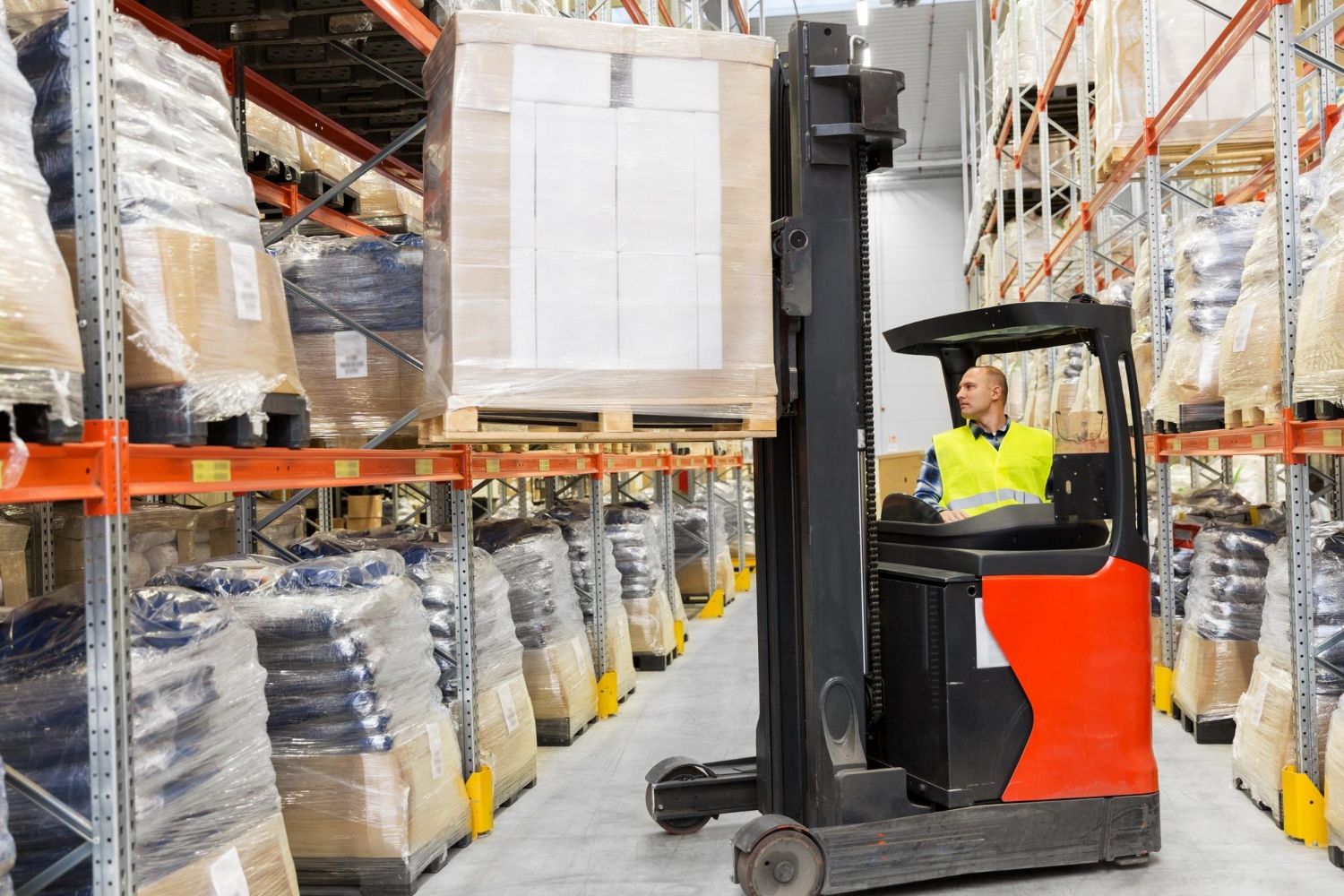
PUWER Compliance Requirements
Achieving PUWER compliance involves several crucial elements:
- Initial Assessment: Verify that the equipment is:
- CE/UKCA marked where applicable.
- Suitable for its environment (temperature, moisture, dust)
- Appropriate for the specific task
- Preventative maintenance schedules
- Fault reporting systems
- Equipment-specific maintenance logs
- Breakdown response procedures
- Task-specific operation training
- Refresher courses
- Competency assessments
- Clear operation instructions
- Potential hazards for each equipment type
- Control measures
- Residual risks
- Review schedules
- Appropriate guarding
- Emergency stop controls
- Warning signals and markings
- Isolation procedures
An asset-tracking solution like itemit can transform these requirements from administrative burdens into streamlined processes by centralising equipment records and automating inspection reminders.
LOLER Compliance Requirements
LOLER compliance builds upon PUWER requirements with these specific demands:
- Thorough Examination Programme: Structure a programme that includes:
- Pre-use checks by operators
- Interim inspections by qualified staff
- Thorough examinations by competent persons
- Post-repair inspections
- Written examination schemes for complex equipment
- Clear marking of Safe Working Loads (SWL)
- Load testing after substantial repairs
- Overload prevention devices
- Load stability calculations
- Equipment selection based on load characteristics
- Environmental factors (weather, ground conditions)
- Communication methods
- Emergency procedures
- Declaration of Conformity for new equipment
- Thorough examination certificates
- Modification History
- Repair records
- Near-miss reports
- Competent planners
- Trained supervisors
- Qualified operators
- Authorised examiners
When Both Regulations Apply
The boundary between PUWER and LOLER regulations isn’t always clear-cut. Many workplace assets require compliance with both regulatory frameworks, creating compliance challenges that need careful management.
Common Dual-Regulation Equipment
These everyday pieces of equipment must satisfy both PUWER and LOLER requirements:
- Forklift trucks: These fall under PUWER as a vehicle (brakes, steering, visibility) and LOLER for lifting functions (forks, masts, chains).
- Tractor with front loader/bucket: The tractor’s operation requires PUWER compliance, and the hydraulic lifting assembly requires LOLER compliance.
- Overhead gantry cranes: PUWER compliance is needed for electrical systems and controls, while the lifting mechanisms require LOLER examinations.
- Vehicle-mounted HIAB cranes: The vehicle itself falls under PUWER, while the crane attachment must meet LOLER standards.
- Scissor lifts and cherry pickers: Subject to PUWER as mobile equipment and LOLER as personnel lifting devices.
- Workshop engine hoists: These fall under PUWER as workshop equipment and LOLER as lifting equipment.
- Patient hoists in healthcare: Require PUWER compliance for overall equipment safety and LOLER compliance for lifting patients.
When equipment falls under both regulations, businesses must address several practical challenges:
- Inspection Scheduling: The equipment may need:
- Daily pre-use checks (PUWER)
- Regular maintenance inspections (PUWER)
- Thorough six-monthly examinations (LOLER)
- Fault-triggered inspections (both)
- Maintenance logs for all equipment (PUWER)
- Thorough examination certificates for lifting components (LOLER)
- Defect reporting for all aspects
- Repair documentation that may affect both regulatory regimes
- Competent operators trained in both general operation and safe lifting
- Maintenance technicians qualified to work on all equipment aspects
- Appointed persons for planning complex lifting operations
- Independent examiners for LOLER certification
- General operational risks (PUWER)
- Specific lifting operation risks (LOLER)
- The interaction between different equipment functions
- Environmental factors affecting both aspects
Practical Compliance Strategies
When managing equipment subject to both regulations, consider these approaches:
- Integrated Documentation: Create comprehensive equipment files organised by equipment ID that include both PUWER maintenance records and LOLER examination certificates.
- Coordinated Scheduling: Align PUWER maintenance schedules with LOLER examination dates where possible to reduce equipment downtime.
- Digital Asset Management: Implement an asset tracking solution like itemit that can differentiate between PUWER and LOLER requirements while maintaining links between related records.
- Component Tagging: Individually identify and tag lifting components within larger equipment assemblies to clarify which parts need LOLER examinations.
- Cross-Trained Personnel: Ensure maintenance staff understand both regulatory requirements and how they interact with specific equipment.
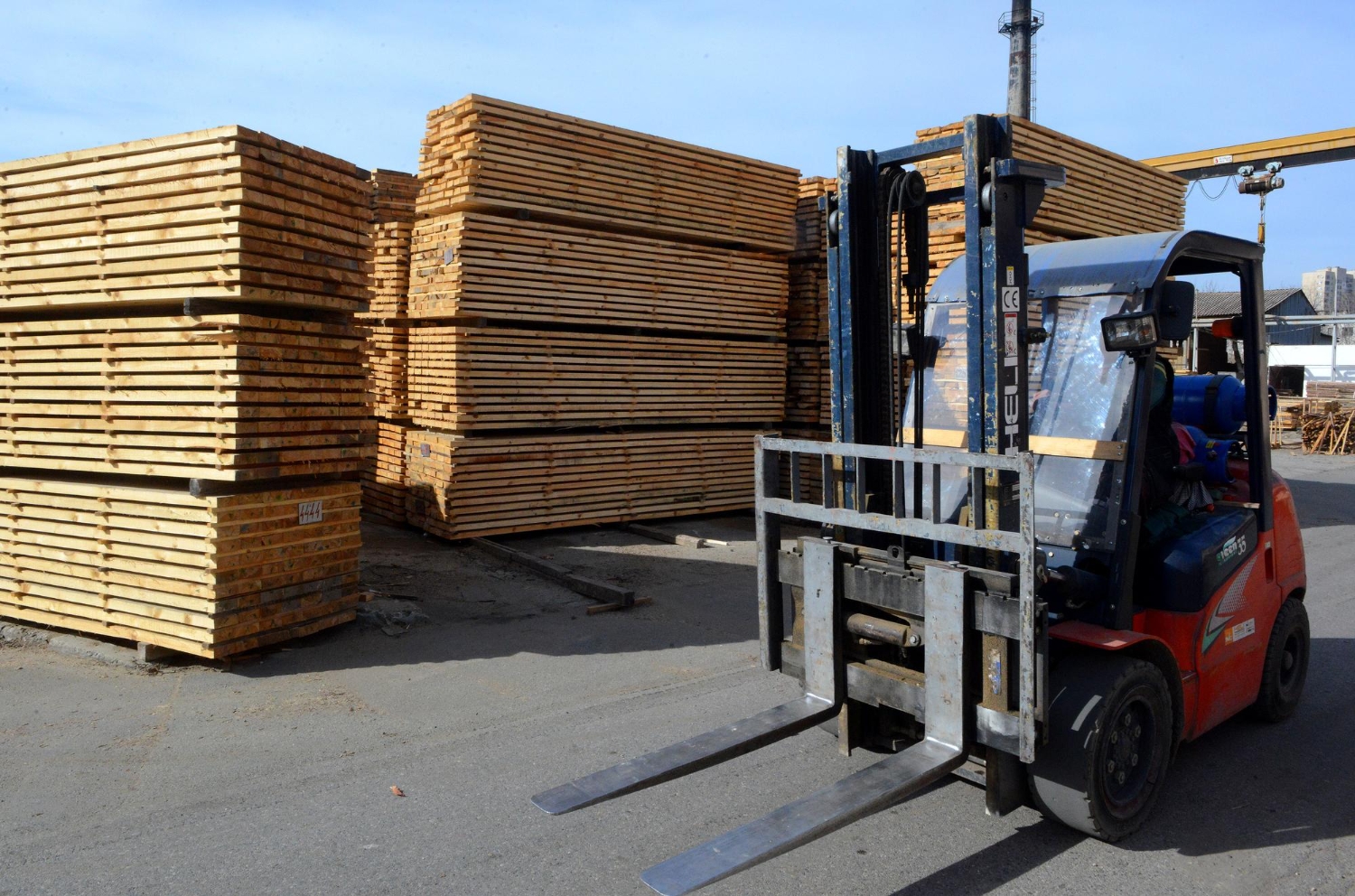
Managing Compliance with Asset Tracking
Keeping track of multiple regulatory requirements across numerous pieces of equipment can quickly become overwhelming. The itemit asset tracking solution offers practical tools to manage this complexity:
- Centralised Records: Store all equipment documentation in one secure digital location accessible to authorised personnel.
- Automatic Scheduling: Set up customised alerts for maintenance tasks, inspections, and examinations based on usage or calendar dates.
- Mobile Inspections: Complete inspection forms on-site using mobile devices, capturing photos of issues and creating immediate maintenance requests.
- Equipment Lifecycle Tracking: Monitor each asset from acquisition through to disposal, including all maintenance activities and compliance checks.
- Real-time Reporting: Generate compliance status reports instantly to demonstrate due diligence during audits or inspections.
Implementing an asset-tracking solution helps with compliance and provides valuable insights into equipment performance and maintenance costs.
Managing Compliance with Asset Tracking
Keeping track of multiple regulatory requirements across numerous pieces of equipment can quickly become overwhelming. The itemit asset tracking solution offers practical tools to manage this complexity:
- Centralised Records: Store all equipment documentation in one secure digital location accessible to authorised personnel.
- Automatic Scheduling: Set up customised alerts for maintenance tasks, inspections, and examinations based on usage or calendar dates.
- Mobile Inspections: Complete inspection forms on-site using mobile devices, capturing photos of issues and creating immediate maintenance requests.
- Equipment Lifecycle Tracking: Monitor each asset from acquisition through to disposal, including all maintenance activities and compliance checks.
- Real-time Reporting: Generate compliance status reports instantly to demonstrate due diligence during audits or inspections.
Implementing an asset-tracking solution helps with compliance and provides valuable insights into equipment performance and maintenance costs.
The Consequences of Non-Compliance
Failing to meet PUWER and LOLER regulations can have serious ramifications:
- HSE Enforcement: The Health and Safety Executive can issue improvement notices, prohibition notices, or prosecute for serious breaches.
- Financial Penalties: Courts can impose unlimited fines based on company turnover and the severity of non-compliance.
- Operational Disruption: Inspections can take equipment out of service, causing project delays and production losses.
- Reputational Damage: Public prosecutions and worker injuries can severely harm a company’s reputation and client relationships.
- Civil Claims: Injuries resulting from non-compliant equipment can lead to costly compensation claims.
Safeguarding Your Workplace: The Path Forward
Understanding the differences between PUWER and LOLER is just the beginning. To create a truly safe workplace, businesses must build compliance into their everyday operations rather than treating it as a separate administrative task.
By combining thorough equipment knowledge, regular training, and systematic record-keeping through an asset-tracking solution like itemit, businesses can turn regulatory compliance from a challenge into a competitive advantage.
Proper PUWER compliance doesn’t just protect workers—it protects your business from costly downtime, legal issues, and reputation damage. Similarly, comprehensive LOLER and PUWER inspections ensure that your equipment operates safely and efficiently throughout its lifecycle.
Ready to simplify your approach to equipment compliance? Discover how the itemit asset tracking solution can transform your PUWER and LOLER management processes. Contact our team today to see how we can help you maintain compliance without the administrative burden.

Try itemit
Choose a better way to track
your assets.
Start your free 14-day trial now!
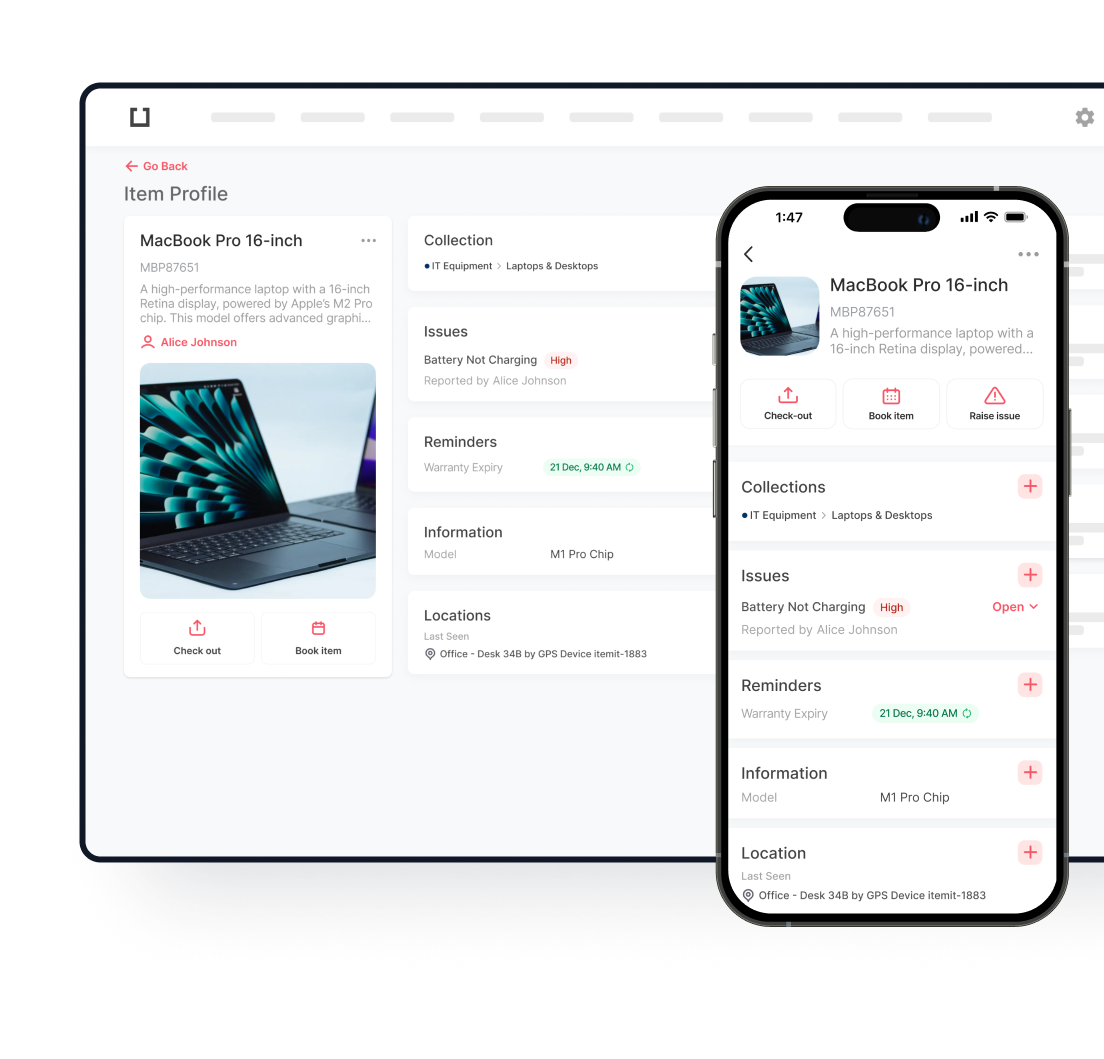
Keep Learning
itemit Blog
Tips, guides, industry best practices, and news.
5 Tips For Better Equipment Management
Equipment management is vital to ensuring your business’s smooth operations. Discover how to get the most out of your hard-earned investments.
What is equipment booking software and do I need it?
What is equipment booking software? Should you use it if you’re hiring out or sharing equipment? How can itemit help you book equipment?
What Are The Four Phases Of The Equipment Life Cycle?
There are four phases of an equipment life cycle, but it’s not clear what they are or why equipment tracking can improve the life cycle. Read this article to find out!



